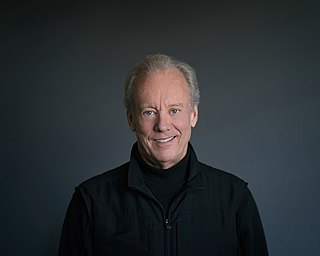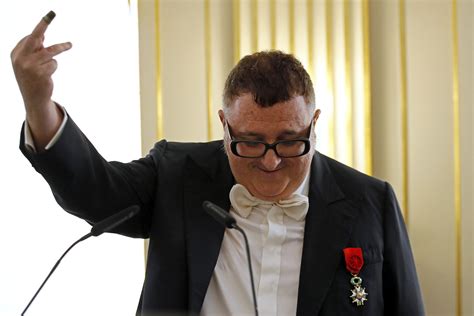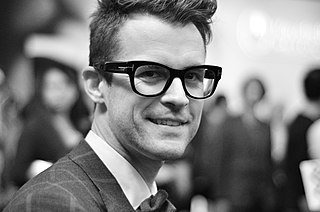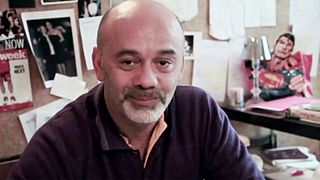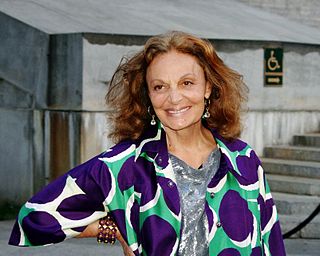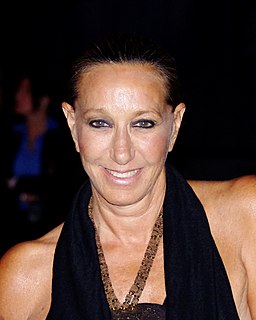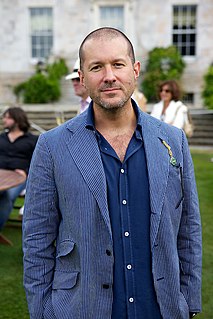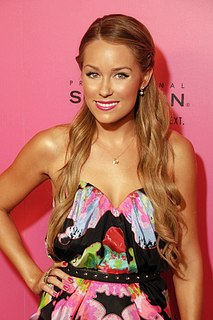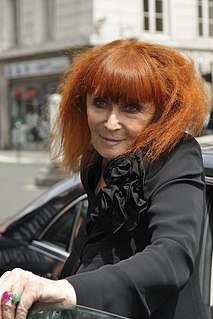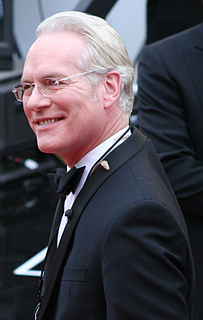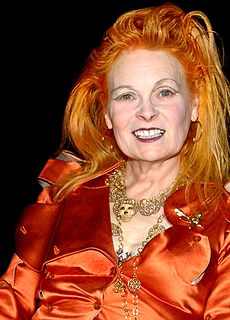Top 63 Quotes & Sayings by William McDonough
Explore popular quotes and sayings by an American designer William McDonough.
Last updated on November 25, 2024.
And to use something as elegant as a tree? Imagine this design assignment: Design something that makes oxygen, sequesters carbon, fixes nitrogen, distills water, makes complex sugars and foods, changes colors with the seasons, and self-replicates. and then why don't we knock that down and write on it?
We see a world of abundance, not limits. In the midst of a great deal of talk about reducing the human ecological footprint, we offer a different vision. What if humans designed products and systems that celebrate an abundance of human creativity, culture, and productivity? That are so intelligent and safe, our species leaves an ecological footprint to delight in, not lament?
Peter Drucker has pointed out that it is a manager's job to "do things right." It is an executive's job to make sure "the right things" get done. Even the most rigorous eco-efficient business paradigm does not challenge basic practices and methods: a shoe, building, factory, car, or shampoo can remain fundamentally ill-designed even as the materials and processes involved in its manufacture become more "efficient."
Recycling is more expensive for communities than it needs to be, partly because traditional recycling tries to force materials into more lifetimes than they are designed for - a complicated and messy conversion, and one that itself expends energy and resources. Very few objects of modern consumption were designed with recycling in mind. If the process is truly to save money and materials, products must be designed from the very beginning to be recycled or even "upcycled" - a term we use to describe the return to industrial systems of materials with improved, rather than degraded, quality.
Consider this: all the ants on the planet, taken together, have a biomass greater than that of humans. Ants have been incredibly industrious for millions of years. Yet their productiveness nourishes plants, animals, and soil. Human industry has been in full swing for little over a century, yet it has brought about a decline in almost every ecosystem on the planet. Nature doesn't have a design problem. People do.
